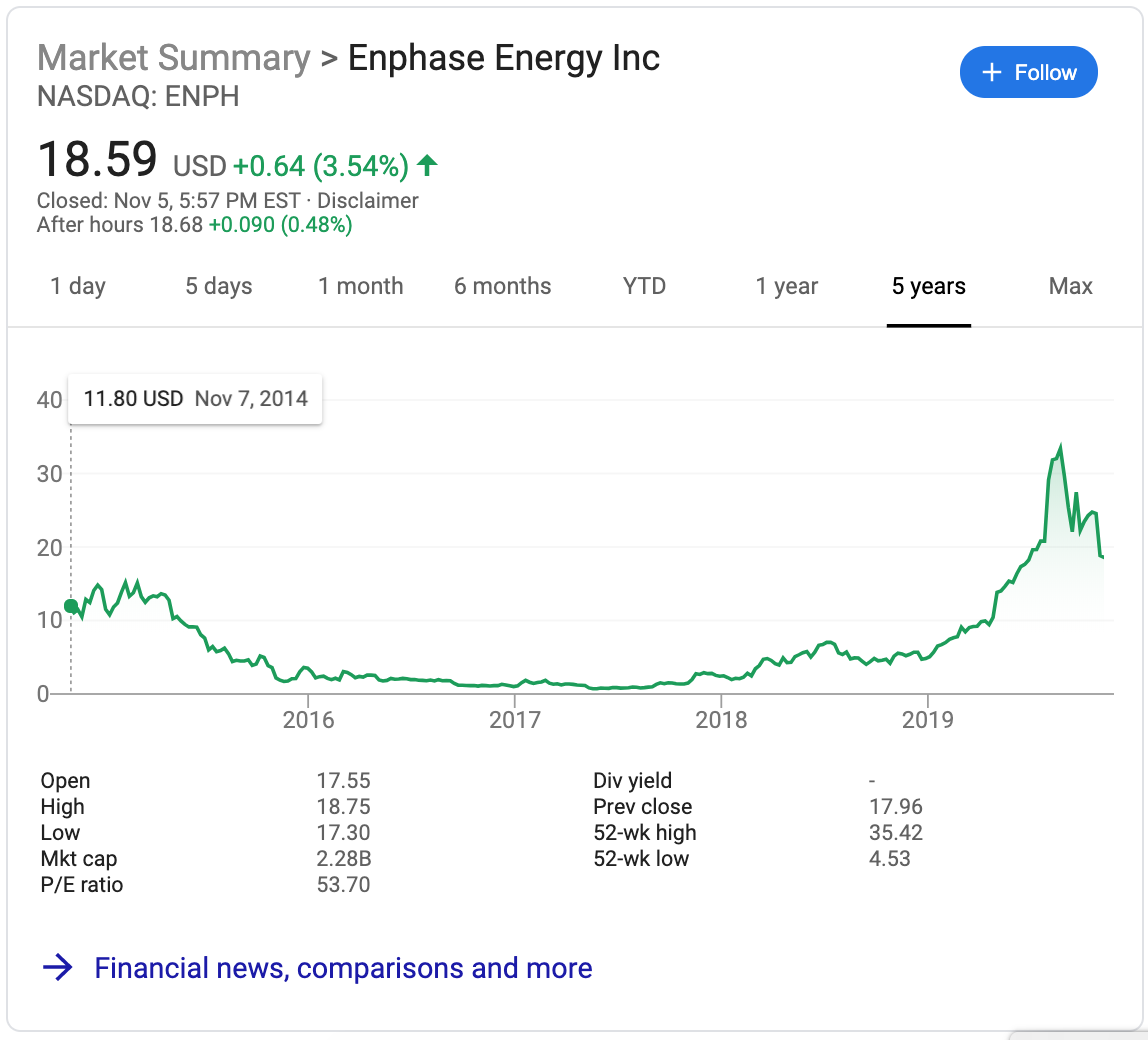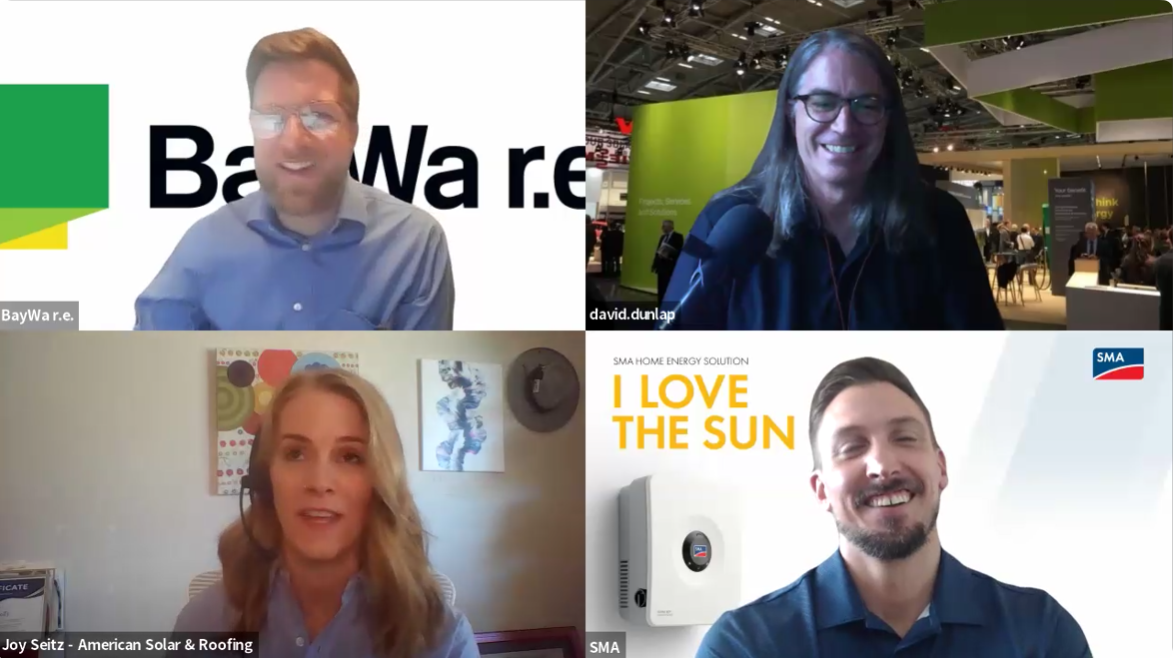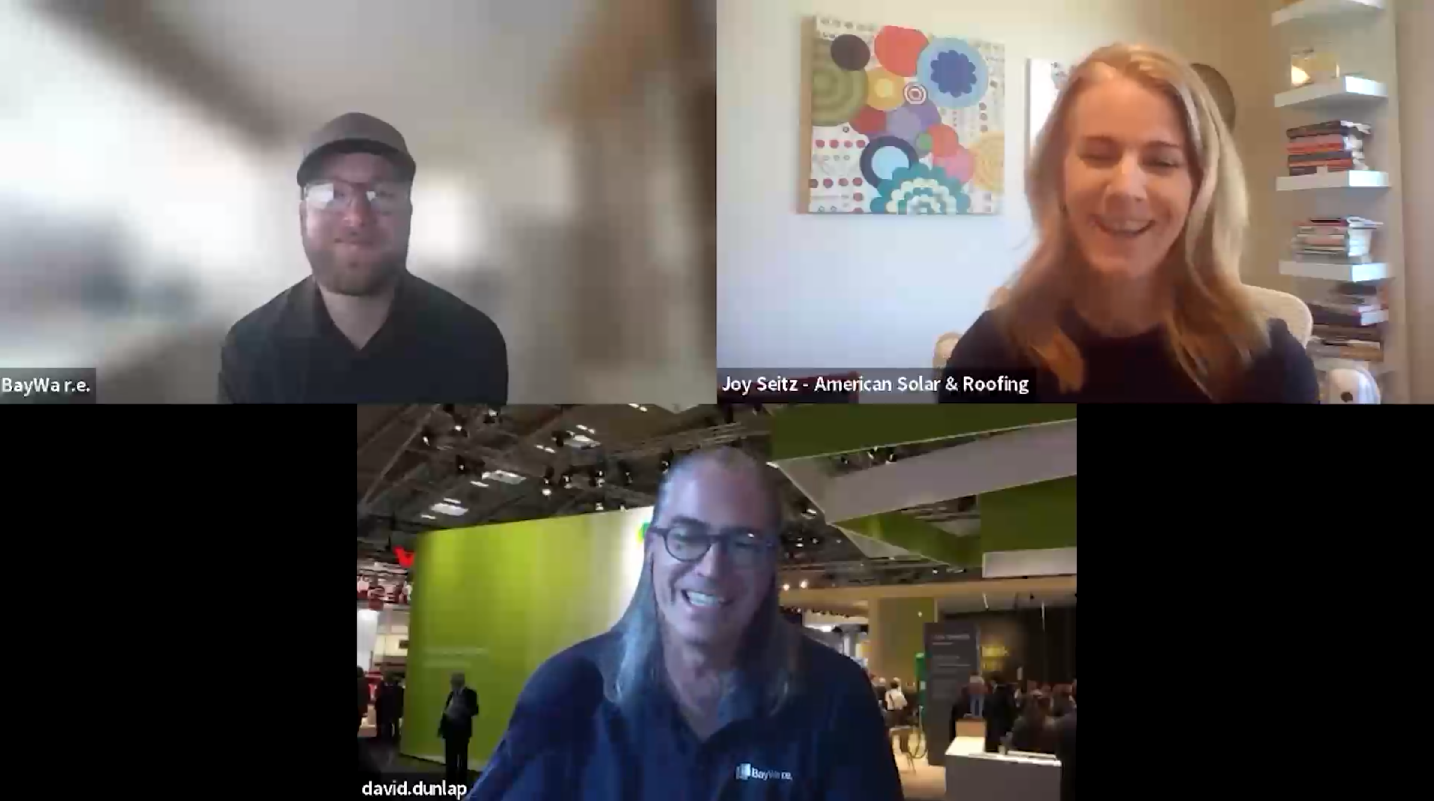
Illustration – Tom Miller
A Cultural Turning Point
I checked in with one of our summer interns, John, at the end of his three-month tenure to find out about his experience working in our accounting department. John told me that while he had learned more about accounting and finance, what made the internship especially valuable for him was seeing how organizations can set themselves up for effective communication, and how critical this can be to a company’s success. And that was a lesson John planned to take into the world with him.
John had formed this impression despite having very little formal contact with me during the summer. I couldn’t have been more pleased, as John’s impressions demonstrated that our culture has turned a corner and now has a life of its own—one which it does not rely heavily on me for transmission.
But John’s feedback led me to ask, “how did we arrive at this new chapter in the development of our organizational culture?” An initial turning point was making our culture explicit by talking about it openly. Then there was the repetition of key themes, such as core values, to reinforce our intent for culture. But the real turning point, in hindsight, was establishing common language—special words that have particular significance to the organization—inside of which the culture is embedded. Words carry intent. Like a mosquito carries a virus 🙂
Example: Common Language Drives Business Result at Enphase Energy
In the solar industry, many people will be aware of this example of how common language was used to carry embedded cultural information, in order to achieve a business result:
When CEO Badri Kothandaraman spoke with investors at its Analyst Day in June 2017, (referenced on this 2018 earnings call transcript ), about his plan to increase profitability at our partner Enphase Energy, he referenced “30, 20, 10,” referring to 30% gross margin, 20% operating expenses, 10% operating profit. Badri’s 30, 20, 10 plan became common language at Enphase, creating cross-organizational focus on pricing discipline (30,) expense management (20,) and profit results (10,) that almost immediately impacted Enphase’s stock price. “30, 20, 10” was the common language that helped the organization align towards a goal.

Image – Google
Common Language and Methods at BayWa r.e. Solar Systems
There are two main areas in which we have developed common language at BayWa r.e.. In my previous article, I talked about attributes as bite-sized ways to demonstrate core values by describing behaviors that are values-aligned. Put another way, attributes are words we use to convey important cultural information.
The other main area in which we’ve developed common vocabulary is in our methods. Being methodical in our decision-making and execution is central to our culture, so it makes sense that our methods would carry cultural information. As in the case of attributes, the definitions of methods are critical. To reinforce our culture, a method is always referred to by the same name and comprises the same steps. Here are a couple of examples of methods we use, whose names are part of our common language:
L2, which is shorthand for “lessons learned,” is a method used by a team to understand what went wrong in a particular situation and what can be done better, asking four questions:
- “what did we intend to do?”
- “what did we actually do?”
- “what caused the difference?” (root cause)
- “what have we learned? (what will we do differently next time?)”
So, when someone refers to an L2, they are reinforcing the values and beliefs that L2s signify to us—being methodical in learning our lesson; looking for root causes; being open-minded; challenging our biases and assumptions, etc. Being familiar with the term L2, as well as the steps we use to run an L2, not only makes the team more effective—it also transmits the essence of our core values, such as “effectiveness” and “open-mindedness,” throughout the organization.
Another example of our methods at BayWa r.e. is straight talk. While many companies have adopted the idea of constructive confrontation as a foundation for innovation and ideation, many also lack processes to apply it effectively. We train our team members on giving and receiving feedback, having difficult conversations, and increasing self-awareness—and thereby emotional maturity—using specific methods such as “SET” statements, “RAIN,” and “four-line check-ins.” So, for us, straight talk is an entire category of methods based on our core values of effectiveness, honesty and open-mindedness. Using the phrase straight talk, therefore, reinforces all of those methods, and the values and beliefs that underlie them. These methods are part of a common language of words that hold special significance in the organization, and they transmit our core values and reinforce our culture.
Words of Caution
Importantly, if terms such as lessons learned and straight talk are used generically—meaning in contexts that do not relate to the actual methods these phrases represent—it actually detracts from the strength of our culture. It is really important that these culture-carrying phrases are used to reinforce the specific methods that make us effective.
Also, it can be tempting to mistake buzzwords for legitimate common language. You can weed buzzwords out by checking if 1) they refer to a specific method in your company, and 2) you think there is a good chance you will still be using that word, and the method it represents, in three years. Being “laser-focused” is probably not a method (though it could be).
Apply Common Language and Methods to Your Solar Business
Hypothetically, a solar contractor that decides installation quality is a strategic choice (a differentiator) might have a quality checklist to ensure every installation is callback-free and every customer satisfied. They might call it the “checklist,” and since installation quality and customer satisfaction are tied to the company core values and strategy, every person in the organization—not just installers—know that the checklist signifies customer satisfaction, quality, and integrity. This moves “the checklist” into the organization’s common language. No longer an ordinary word with a simple dictionary definition, “checklist” has special meaning as a customized method for quality management. Salespeople might feature it in proposals, installers might take pride in “clean checklists”, rewards and metrics might emphasize clean checklists and low callbacks. Again, this makes “checklist” have a unique meaning in the language of this company, as the word is embedded with strategic and cultural value.
Having team members trained in common methods and using common language is a far more powerful transmitter of culture than the CEO lecturing the company about its core values (though that has its place, especially early in the culture development process or in times of extremes).
How do tools and methods for getting work done and measuring success in your company relate to your core values? If they don’t relate to your core values, the next step is to examine them, and develop some tools and methods that do. After that, build the vocabulary. Teach it to the whole team. And cultivate a practical, effective culture.
How does common language show up in your company? Leave your answers in the comments section below or email us at solar.review@baywa-re.com.




